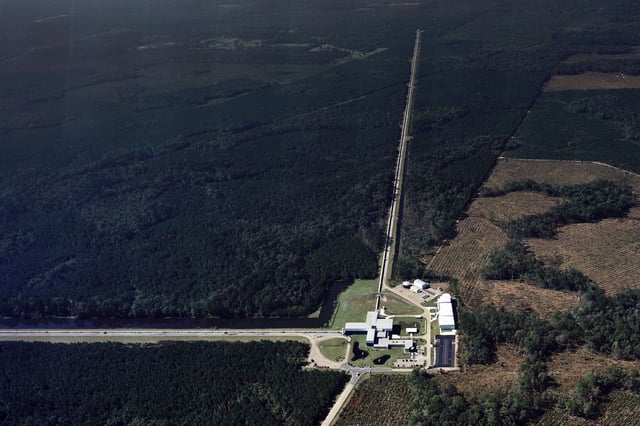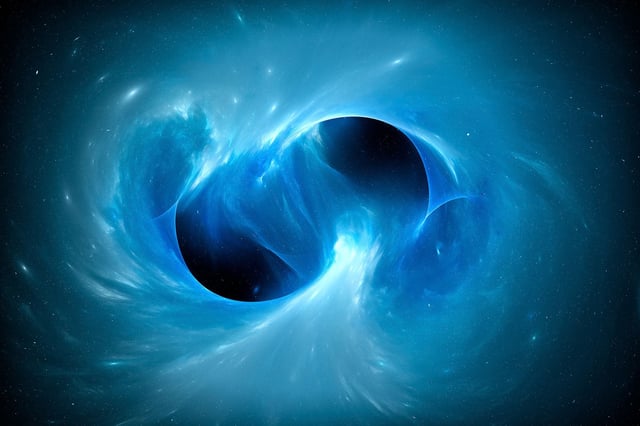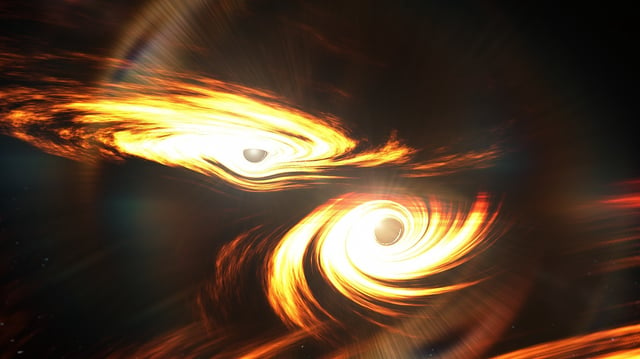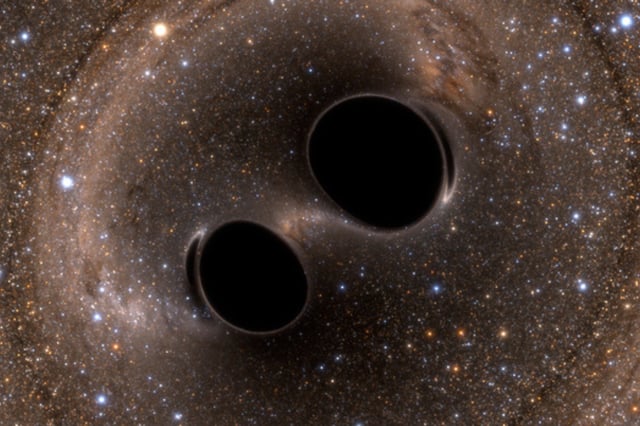Overview
- LVK’s GW231123 detection during O4 marks the loudest gravitational-wave signal from black holes of about 100 and 140 solar masses.
- The collision produced a remnant exceeding 225 solar masses, eclipsing the previous GW190521 record and defying standard stellar evolution limits.
- Measurements indicate the progenitor holes spun near relativistic speeds, forcing existing general relativity-based spin models to be stretched.
- The remnant’s breach of the predicted mass gap lends support to hierarchical formation scenarios involving earlier black hole mergers.
- Researchers are refining theoretical models and will present detailed interpretations of the event at the upcoming GR-Amaldi meeting.



